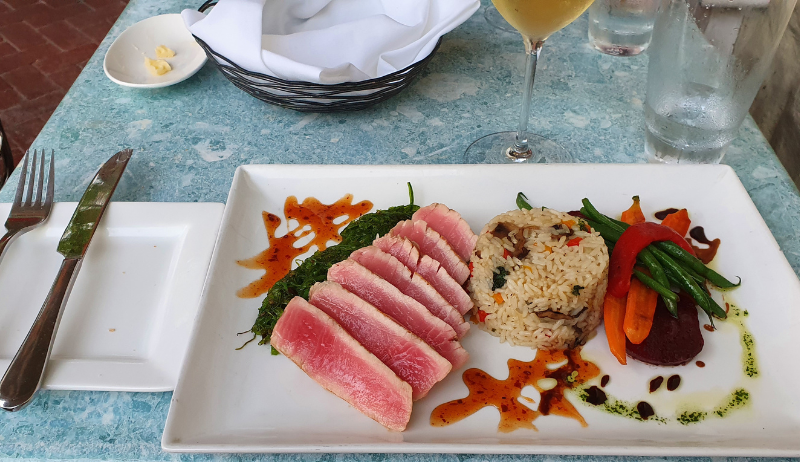From Ocean to Table: Premium Indonesian Yellowfin Tuna Guide for Global Importers
December 20, 2024

From Ocean to Table: Premium Indonesian Yellowfin Tuna Guide for Global Importers
As global demand for sustainable seafood continues to rise, Indonesian Yellowfin tuna has emerged as a premier choice for discerning importers worldwide. This comprehensive guide explores everything you need to know about sourcing high-quality Yellowfin tuna from Indonesia rich waters.
The Premium Appeal of Indonesian Yellowfin Tuna
Indonesia strategic location within the Coral Triangle has made it one of the world leading suppliers of Yellowfin tuna (Thunnus albacares). The country warm, nutrient-rich waters create perfect conditions for tuna development, resulting in superior meat quality that commands premium prices in international markets.
Key Quality Indicators
Indonesian Yellowfin tuna is prized for its:
- Deep red color and firm texture
- High omega-3 fatty acid content
- Superior fat marbling
- Fresh, clean taste
- Versatility in culinary applications
Sustainable Fishing Practices
Indonesia has made significant strides in sustainable fishing practices, implementing strict regulations to ensure long-term resource viability. Modern fishing methods include:
Pole and Line Fishing
This traditional method minimizes environmental impact while ensuring premium quality catches. Each fish is individually caught, reducing bycatch and maintaining meat quality through stress-free harvesting.
Traceability Systems
Advanced tracking systems monitor each fish from catch to export, providing complete supply chain transparency that meets international standards.
Handling and Processing Standards
Temperature Control
- Immediate ice slurrying post-catch
- Consistent cold chain maintenance (-60°C for sashimi grade)
- Temperature-monitored storage facilities
Quality Grading
Indonesian Yellowfin tuna is typically graded as:
- Sashimi Grade (Grade AAA)
- Premium Grade (Grade AA)
- Standard Grade (Grade A)
Import Requirements and Documentation
Essential Documents
- Health certificates
- Catch certificates
- HACCP certification
- Certificate of Origin
- Marine Stewardship Council (MSC) certification (where applicable)
Import Regulations
Different markets have varying requirements:
- EU: IUU certification and health certificates
- US: NOAA documentation
- Japan: Specific quality parameters and documentation
Market Trends and Opportunities
Growing Market Segments
- Sustainable seafood retailers
- High-end restaurants
- Sushi establishments
- Premium food service providers
Value-Added Products
- Sashimi-grade loins
- Vacuum-packed portions
- Ready-to-cook cuts
- Value-added processed products
Choosing the Right Supplier
Key Considerations
- Processing capabilities
- Cold chain infrastructure
- Certification status
- Export experience
- Quality control systems
Price Factors and Seasonality
Price Influencing Factors
- Seasonal availability
- Size and grade
- Processing level
- International demand
- Fuel costs
- Exchange rates
Peak Seasons
- Primary season: March to September
- Secondary season: October to February
Conclusion
Indonesian Yellowfin tuna represents a premium opportunity for global importers seeking high-quality, sustainable seafood products. By understanding the sourcing process, quality standards, and market requirements, importers can successfully navigate this lucrative market segment.
Contact our experts for personalized sourcing solutions and market insights.

 English
English Chinese
Chinese